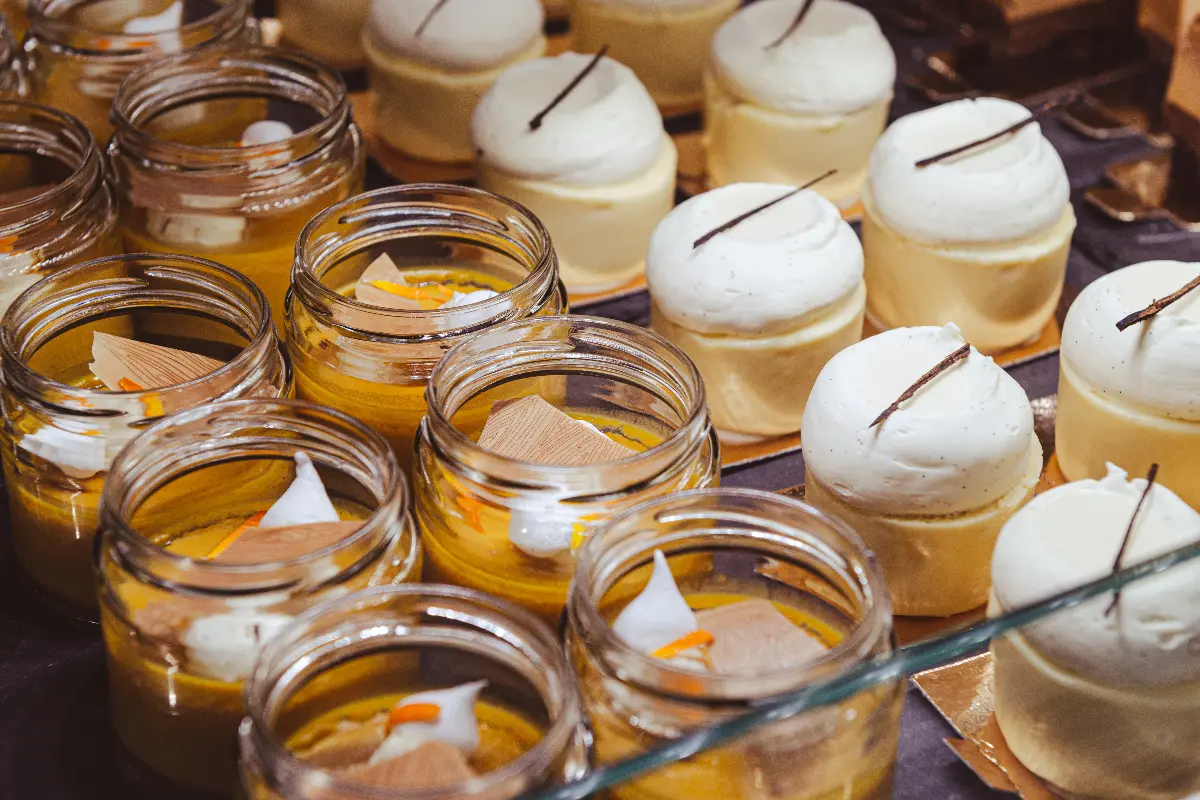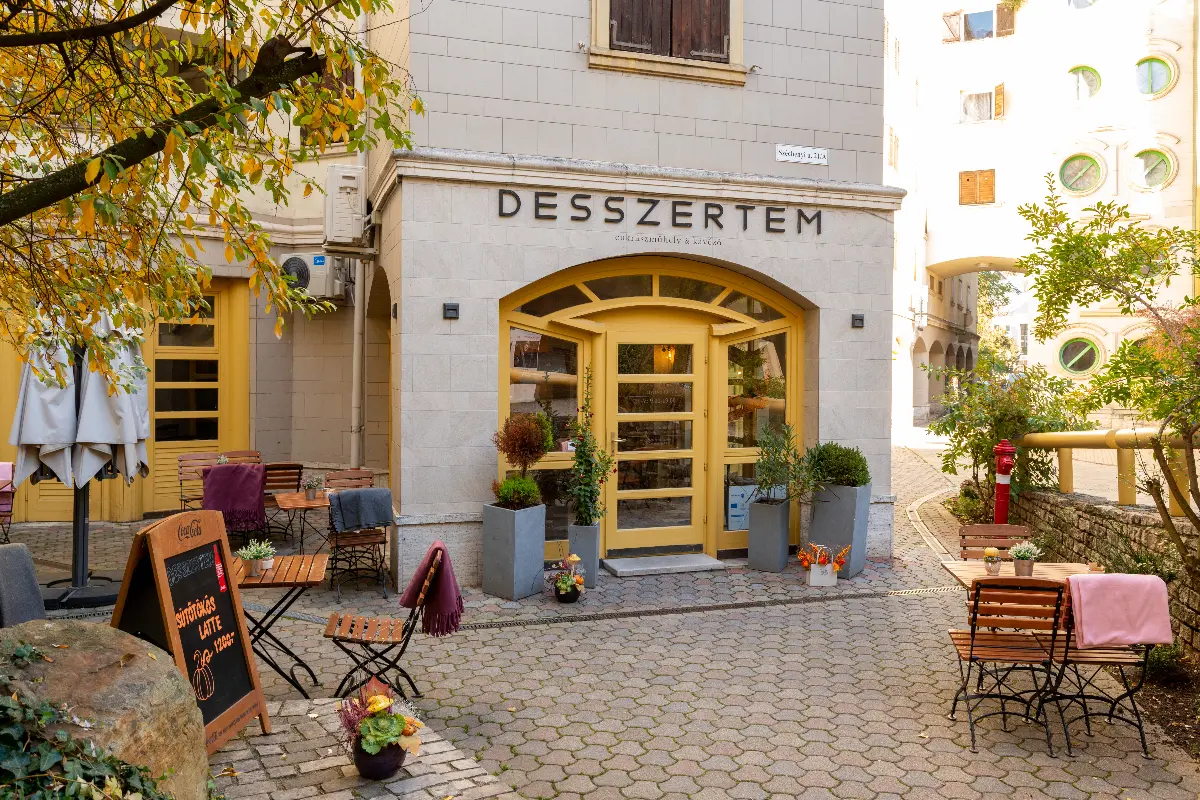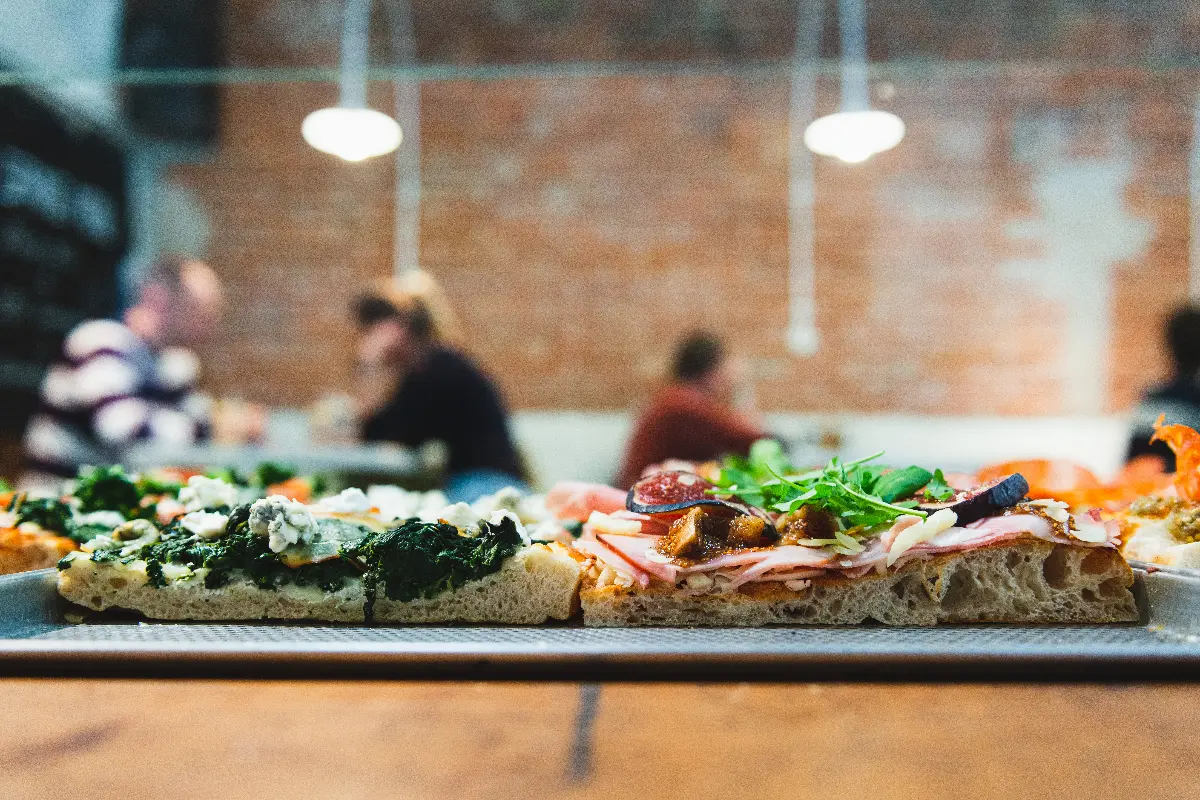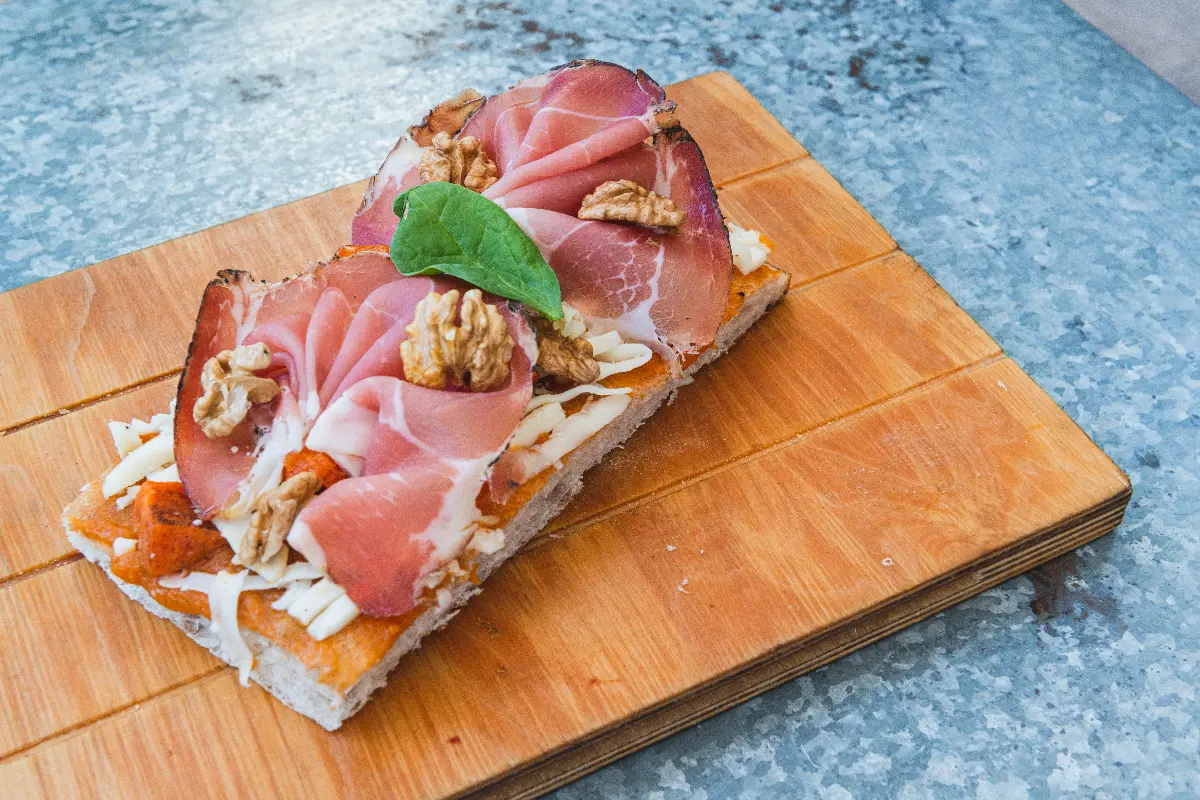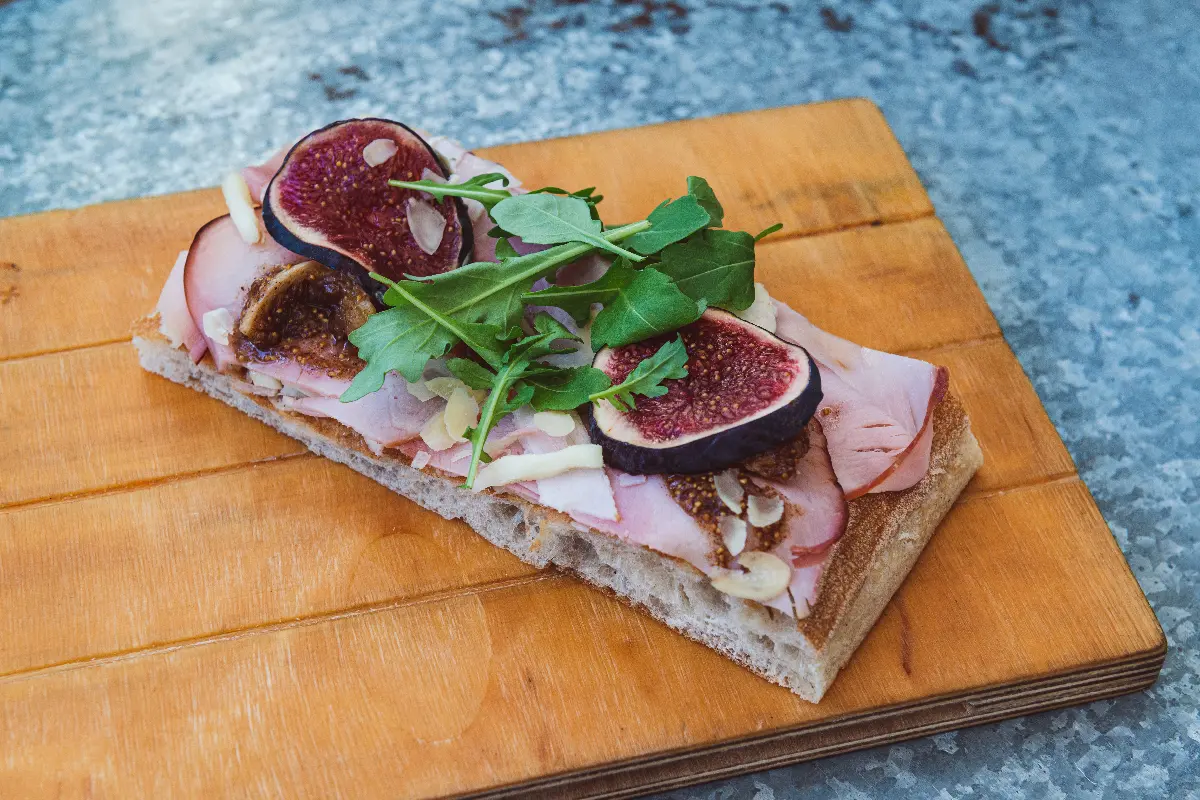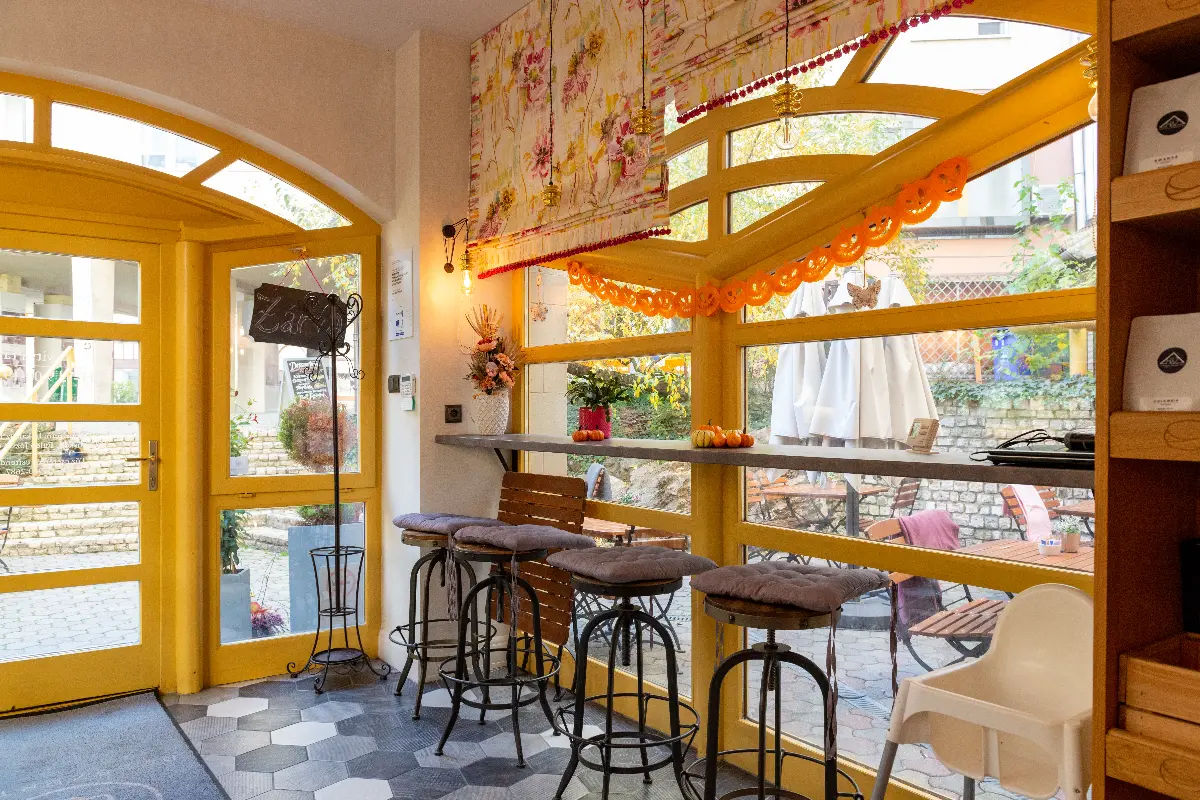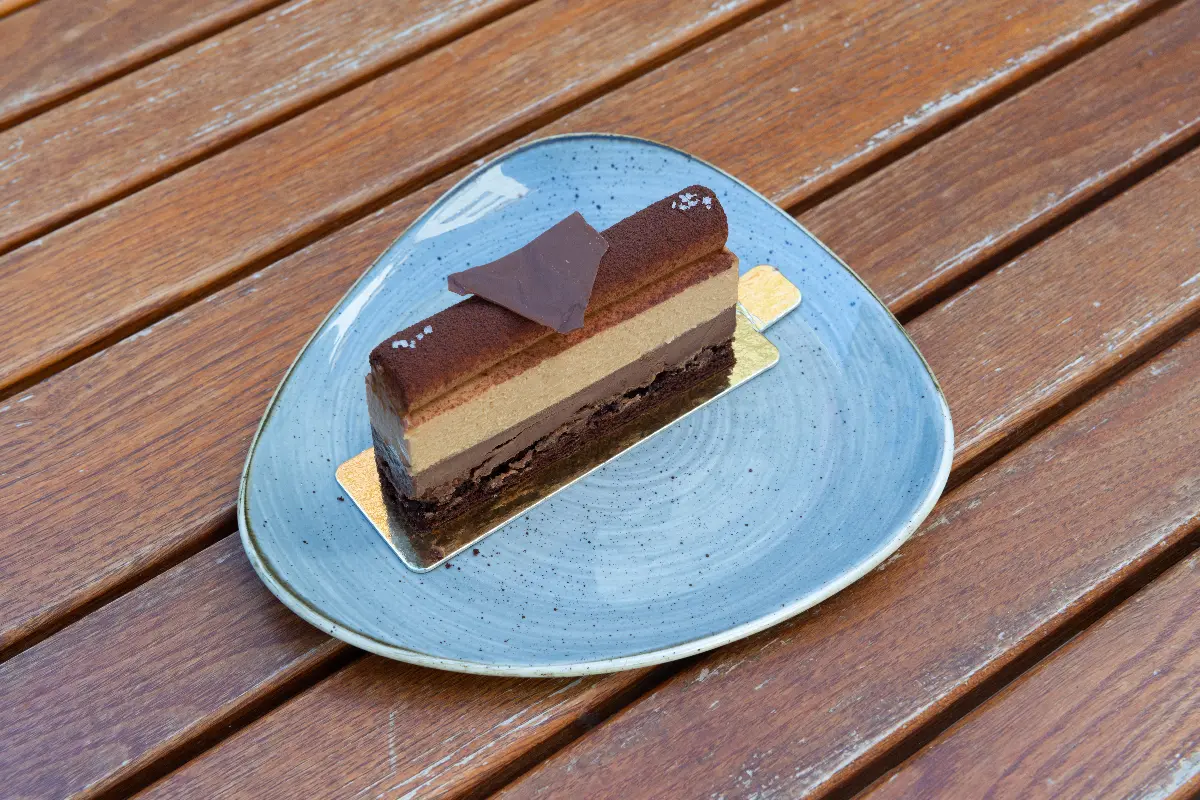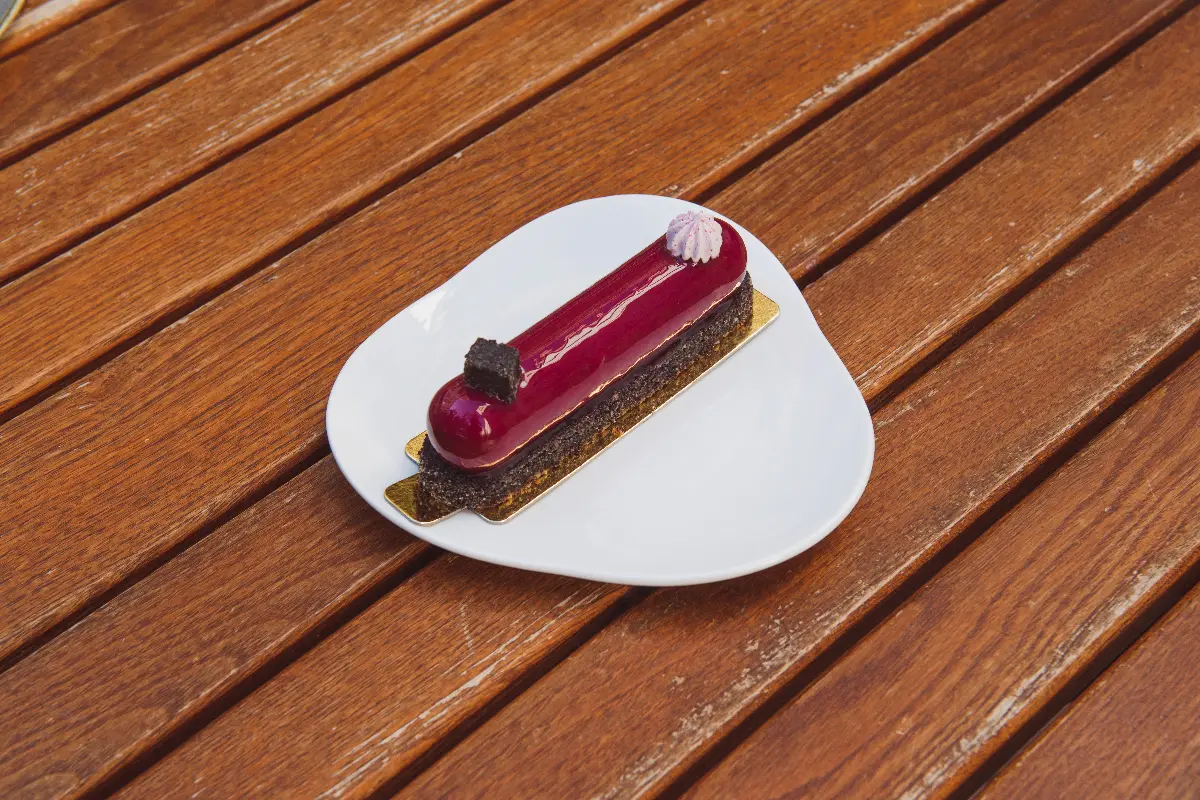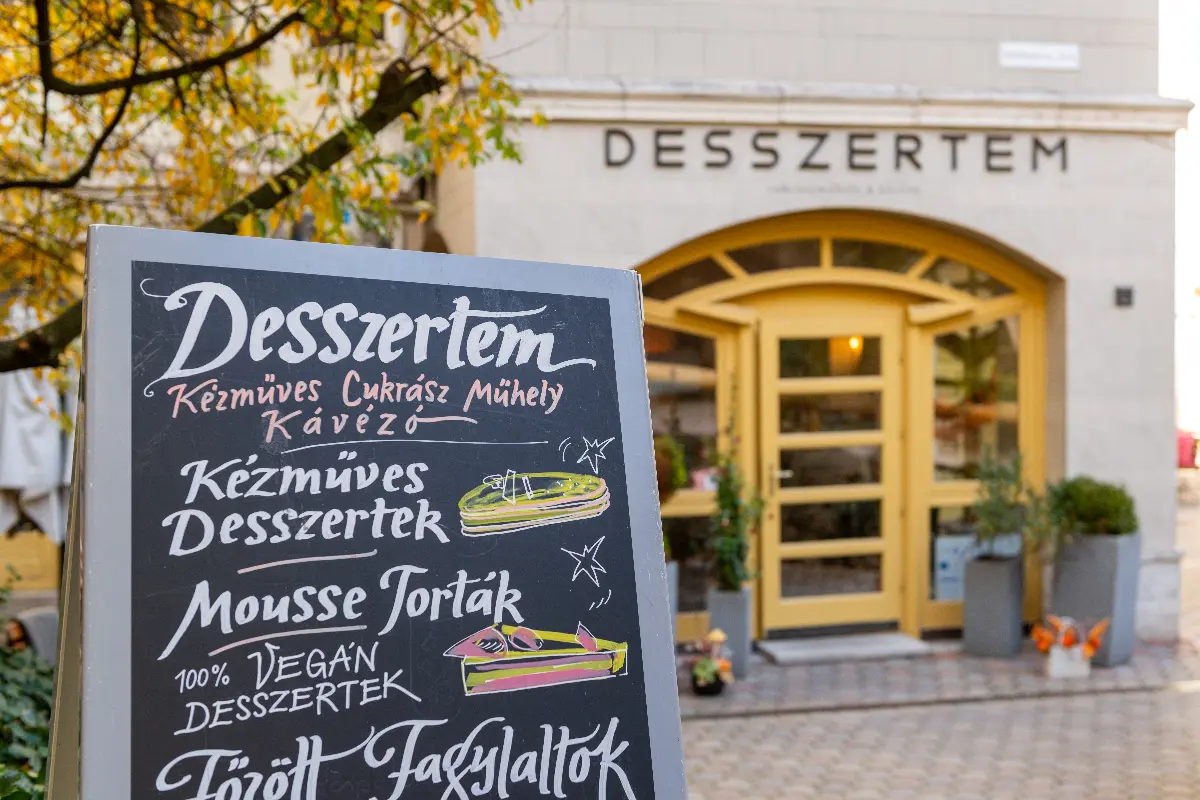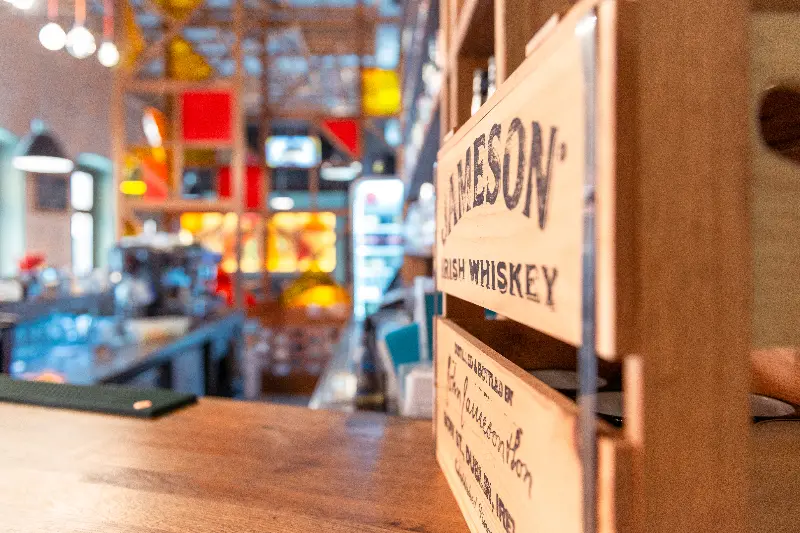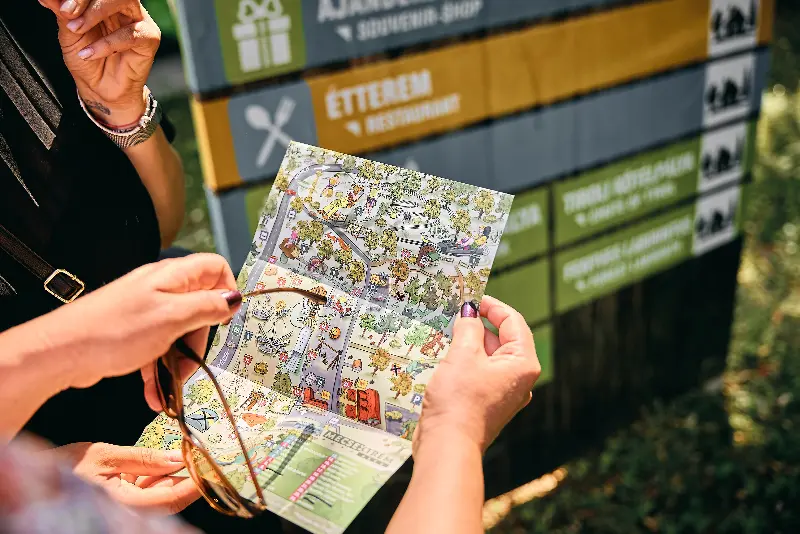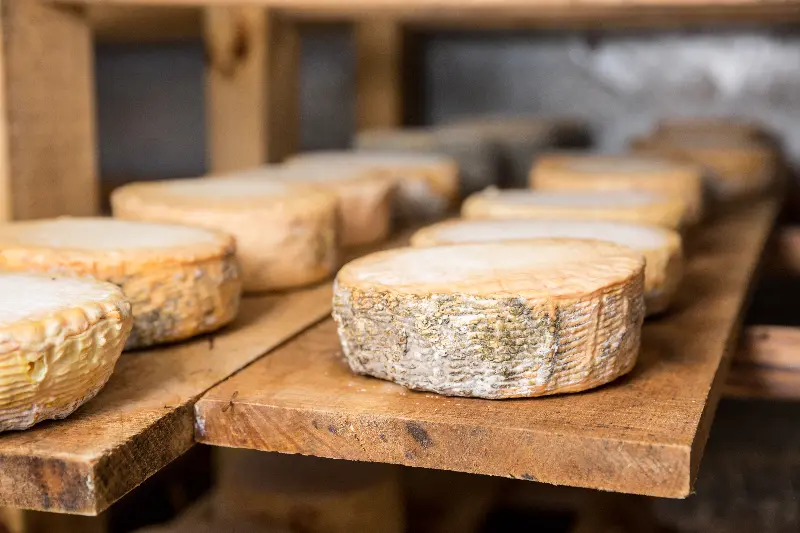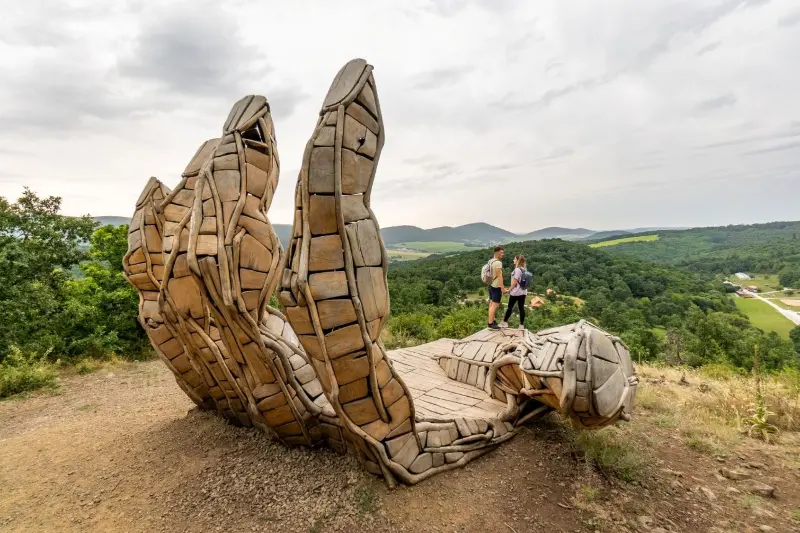
Helyszín címkék:
Travelling by “tuja” (tram) in Miskolc: The theatre and its neighbourhood
Jászberényi Attila
“Színészmúzeum” (Actors' Museum)
Here, on “Déryné”, considered by many to be the most beautiful street in Miskolc, you are in for a real treat: the true pinnacle of the history of Hungarian theatre. The emerging bourgeoisie and its quintessentially-urbane character have resulted in the cult site of the first Hungarian stone theatre, built in 1823, where you can marvel at the everyday life of the legendary actors and actresses. Déryné herself became famous, wrote her diary and died here. Róza Laborfalvy was originally born in Miskolc, and Lujza Blaha received her diploma from the Academy of Dramatic Art here. A wealth of displays, posters and authentic costumes take you back to the happy times of peace. The Latabars, probably the oldest dynasty of actors, now in their sixth generation, started their career here, directly through Endre, who was the director of the first Hungarian theatre building, built in 1857 on the site of the original building, which burnt down in a fire. His official residence is now a neighbouring pizzeria, but the family crypt, with all the actors' descendants, is on the side of the church in Avas.
We can also see Sári Fedák as Jancsi Kukorica, in the frivolous and fashionable “trousers role”, the “porn film of the era” as described using tour guide terms. Folk theatre was then replaced by operetta (the original setting of “Csárdáskirálynő” was also Miskolc), which was a capitalist era of ticketed entertainment, but after nationalisation it gave way to propaganda-oriented plays. These were then replaced by modern repertoire, from classical to contemporary, and thus Margit Dayka's dressing room and Lenin Latinovits' mask can be documented. He had just met Juliet, i.e. Éva Ruttkay, here as Romeo, as recorded in the stage manager’s document, which states that the dresser forgot to bring in Bodrogi's shoes, committing a disciplinary offence that day.
Tip: If you can, take a guided tour with theatre historian and museologist Gábor Mikita.
Pizza, Coffee, World Peace

What makes the owners of a successful top restaurant (“Anyukám Mondta” [My Mother Told Me] in Encs), one of the best in the countryside, with an unusual history, open a pizzeria on the main street of Miskolc? Well, capitalist rationality adapted to the situation, answers Szabi, the most competent member of the Dudás brothers (Szilárd and Szabolcs) in world peace affairs. To overcome the growing pains of basic operation and create a fast casual solution, without the classic cuisine and service, with a big twist, but in a good setting, with high quality, a small selection, but a strong story. And what can offer this?
Coffee and pizza, and world peace, added by the person who gave their name and serves as their creative guardian angel, Géza Ipacs. So, it was in the eclectic Weidlich Palace's former “Fehér Galamb” (White Pigeon) fashion store that the place opened, on the side of the theatre, no less. Coffee is a gift, Gianni Frasi can still only be tasted in Encs (possibly St Petersburg or Prague, but now also in Eger and Debrecen). The pizza here is the rectangular Roman style (pizza teglia romana), which has been left to rise for at least two days. It looks thick, but the excellent flour and the long maturing process result in an ultra-light, crispy yet creamy inside, with more air bubbles than carbohydrates. The base goes far beyond tomatoes: it can be mushroom, pumpkin (zucchini in summer), and potato. The toppings are seasonal and preferably regional, with lots of fresh vegetables, but also bacon, gorgonzola, figs, walnuts and honey. The guests ask Szabi for advice on goat meat, and a lady at the next table says that she only comes to Miskolc once a month for the theatre and World Peace, and that ninety percent of the customers are locals of all ages. “We are proud of them, we have a great customer base,” adds Szabi.
“Desszertem” (My Dessert)

It is a rare treasure and a great fortune if a rural town has a famously good patisserie, where you can go for a morning’s secret hedonistic treat, an afternoon chat or a Sunday lunch. In Miskolc, it finally has become a reality, as the owners and souls of the “Végállomás Bistrorant” (Endstation Bistrorant) in Diósgyőr, Csilla Budaházyné and Heni Vargáné could not resist their “urge to act”, their passion for French desserts and their longing for the fizz and bustle of the city centre. And so, after buying a run-down sports shop, they opened “Desszertem” (My Dessert) in 2017. The theatre is an important factor here too, looking out of the window or from the terrace you can see the actors' smoking, drinking and talking (the stage managers’ speaker is even connected to the courtyard) and groups often appearing in costumes is a real spectacle. Therefore, it is no coincidence that the confectionery unit, which operates under the motto “hospitality and art”, sends a cake next door for every premiere. In the slow jazz-tuned atmosphere of the bar, there is room for well-formulated Hungarian items (“dobostorta” [Dobos torte], “Rákóczi túrós” [Rákóczi cheesecake], Esterházy cake), but the main attraction is the world of French desserts, especially the various types of mousse (the most popular are the salted-caramel and blackcurrant-poppy seed), these light, airy, creamy textures. But they also have vanilla cream puff (choux) and cream pastry (mille freuille). The training was provided by the creative chef and confectioner of the “Végállomás” (End Station), who studied in Franconia, “and taught us what ganache and a real mousse is,” says Heni.
